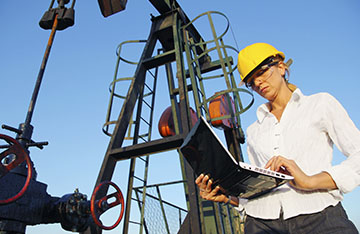API Enhances Community Safety with Updated Standard on Pipeline Public Awareness Programs
The American Petroleum Institute (API) today published an updated standard on pipeline operators’ public awareness programs to enhance community awareness of nearby pipelines and safety.
“Public awareness programs are a critical tool for pipeline safety and community engagement, helping to raise awareness of pipelines and associated facilities to help keep communities safe,” API Senior Vice President of Global Industry Services Anchal Liddar said. “This standard underscores the industry’s commitment to improving the safety of pipelines as well as those who live and work along pipeline rights-of-way.”
Recommended Practice (RP) 1162, Public Awareness Programs for Pipeline Operators, 3rd edition, provides updated guidance on the management of public awareness programs for the operators of transmission, distribution and gathering pipelines as well as underground storage systems.
Since the first edition of RP 1162 was published in 2003, pipeline operators have expanded public awareness programs, having gone through multiple cycles of program evaluations from periodic audits conducted by federal and state regulators. This latest edition of RP 1162 builds on lessons learned to clarify definitions and create alignment among various key stakeholders. Updated language requires operators to notify stakeholders when new hazards are introduced and allows multiple operators to coordinate their awareness programs for common products, hazards or messages through cooperative programs. As part of the industry’s drive to embrace technology and innovation, the third edition allows flexibility for technologies not incorporated in previous editions, including social media, mobile apps and text messaging.
The third edition of RP 1162 aligns public awareness program frameworks with a Plan-Do-Check-Act cycle of continuous improvement, as introduced in RP 1173, Pipeline Safety Management Systems. RP 1162 brings the benefit of safety management systems to pipeline operators and is one mechanism pipeline operators use to communicate with external stakeholders along their rights-of-way regarding risk identification and management.





